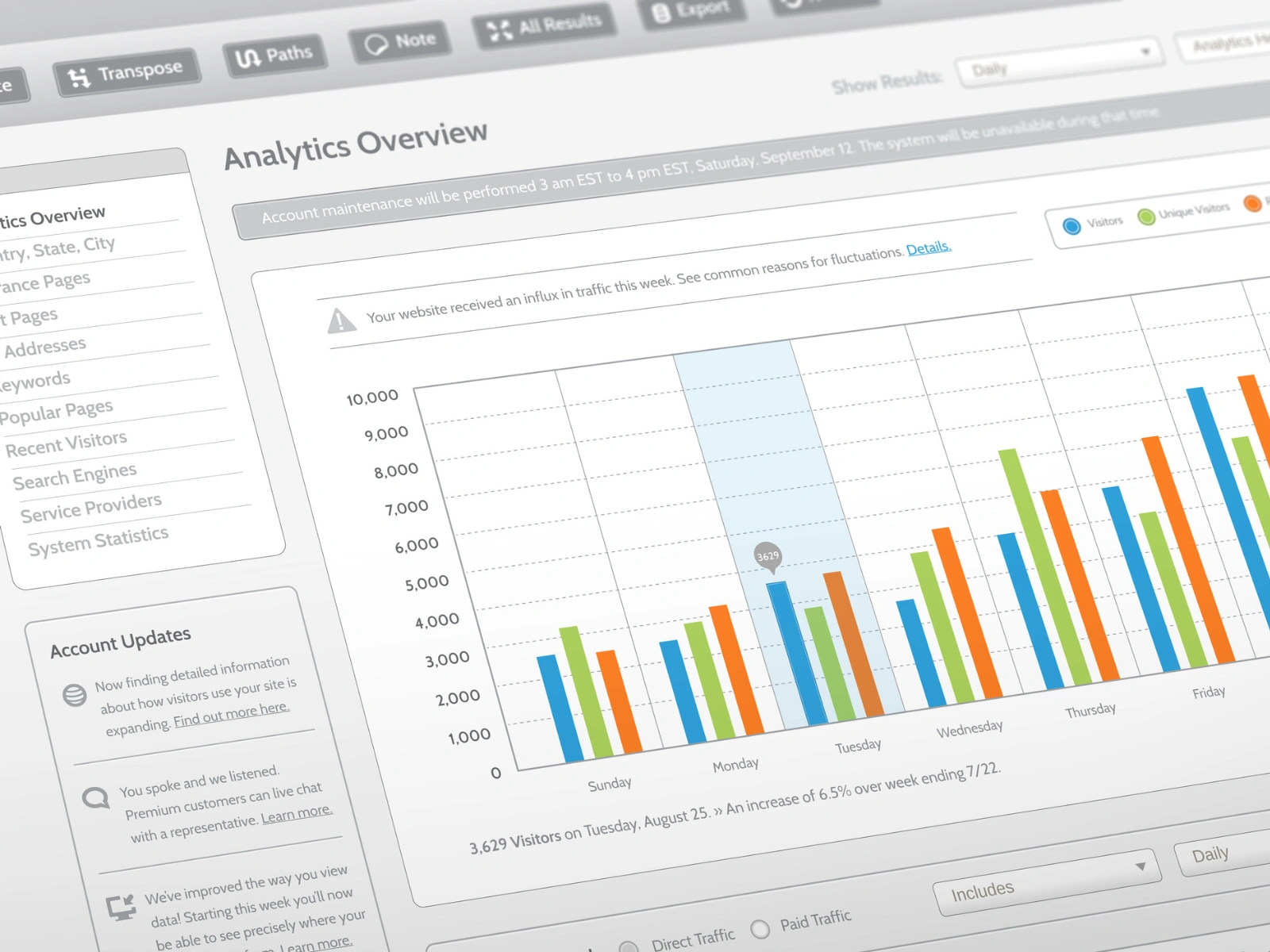Winning Year-End Fundraising in 2024: Overcoming Donor Fatigue with Tech & Data


Last month, I could feel the anxiety in the room sitting with a group of nonprofit marketing and fundraising professionals during our Digital Fundraising workshop hosted by NTEN DMV. As we face what some have called the biggest election year in modern history, the concerns around end-of-year fundraising were palpable. How do we reach an audience that’s already exhausted from constant political messaging? How can we cut through the noise and activate our donor base? How do we adjust expectations for return on investment when we’re navigating a new and unprecedented philanthropy landscape?
The Problem: End-of-Year Fundraising During a Critical Election Cycle
With key issues like climate change and voting rights taking center stage, our environment is more saturated with political messaging than ever before. There’s a real sense of urgency around the state of democracy itself, which has mobilized many, but also overwhelmed others.
With the barrage of political ads across every digital platform, donors are feeling decision fatigue and are therefore reluctant to engage with nonprofit appeals. This election cycle is impacting how people give and engage with causes, as they’re trying to figure out how to allocate their resources and attention in such a tumultuous time.
How do nonprofits capture attention for end-of-year fundraising in a world overwhelmed by political discourse?
The Solution: Leveraging Data and Technology to Cut Through the Noise
Nonprofits have an opportunity to harness the power of data and technology to stand out, even during this challenging election cycle. By developing a data-driven, personalized approach, your organization can ensure their end-of-year messaging reaches the right audience at the right time. You can also remind supporters to stay engaged with critical civil issues that your team is working so hard to address.
So, how do you leverage your MarTech tools—your fundraising and marketing technology—to create compelling end-of-year appeals that cut through the political clutter?
Using Tech & Data to Solve Emerging Philanthropy Trends
We’ll look at some of the most widely discussed emerging trends and challenges in philanthropy, then apply tech and data solutions that will ensure your end-of-year fundraising strategy connects and resonates with donors.
Donor Fatigue: Cutting Through the Noise with Data-Driven Personalization
We all know that election-year fatigue is real. Between political ads and nonprofit appeals, donors are exhausted from the constant flow of messaging. This year, more than ever, it’s critical to be thoughtful about how we communicate with supporters.
Tech & Data Solution
Leverage marketing automation platforms like Pardot, HubSpot, or Salesforce Marketing Cloud to segment your donors more precisely. By analyzing donor behavior like past donation amounts, frequency of giving, and engagement history, you can create personalized campaigns that feel relevant and timely to everyone. Use conditional content in emails and landing pages to tailor the message to the donor’s interests or past interactions.
Additionally, consider AI-driven insights to predict which donors are most likely to give and when. These tools can analyze donor behavior patterns and suggest optimal times for outreach, reducing donor fatigue while maximizing your fundraising potential.
The Great Wealth Transfer: Engaging Millennials Through Digital-First Strategies
The wealth transfer from baby boomers to millennials is changing the donor landscape. Nonprofits need to adapt to younger donors’ preferences. Millennials are digital natives who expect transparency and impact, and they’re more likely to support organizations they can engage with online.
Tech & Data Solution
Embrace digital engagement tools like peer-to-peer fundraising platforms (e.g., Classy, FundraiseUp, or DonorDrive) that allow younger donors to raise money on behalf of your organization. Peer-to-peer fundraising is particularly effective because it leverages donors’ personal networks, creating a more authentic and organic connection to your cause. These platforms are not only user-friendly but also offer social media integrations.
In addition, using social media listening tools (like Hootsuite or Sprout Social) can help you track trending conversations and gauge what matters to millennials. This can inform the tone and content of your campaigns, helping you stay relevant and engage new donors more effectively.
Managing Expectations: Using Data to Set Realistic Goals
One of the biggest internal challenges during year-end campaigns is setting expectations for leadership and staff. This year, with so many uncertainties–from the economy to donor behavior–it’s even more critical to manage these expectations carefully.
Tech & Data Solution
Take advantage of donor data analytics platforms like Google Data Studio, Power BI, or Tableau to create real-time dashboards that track fundraising performance. These dashboards give leadership a clear picture of how the campaign is progressing against predefined KPIs, allowing for more informed decision-making. By regularly sharing these insights, you can keep everyone on the same page and adjust your strategy as needed throughout the campaign.
You can also use predictive analytics tools to forecast potential outcomes based on historical data. For example, analyzing past year-end campaigns can help you set more realistic revenue goals and identify trends in donor behavior that could impact this year’s results. This kind of data-driven forecasting is key to aligning expectations across your team.
Impact Reporting: Using Tech to Prove the Value of Your Work
Impact reporting has always been tricky for nonprofits. While for-profit companies can easily point to revenue or sales metrics, we often have more abstract goals, like improving community well-being or increasing awareness of an issue. But younger donors, especially millennials, want to see the concrete impact their donations are making.
Tech & Data Solution
Use data visualization tools to create easy-to-understand, compelling reports for donors. Whether you’re using Google Data Studio or a custom-built dashboard, visualize your impact by tracking metrics like the number of beneficiaries served, program outcomes, or the tangible difference made by specific donations. These visuals can be included in year-end reports, on your website, or in emails to keep donors informed and engaged.
Blockchain technology is also starting to make waves in the nonprofit sector, providing a transparent, verifiable way to track how donations are spent. While still an emerging tool, blockchain could be particularly appealing to millennial donors who value transparency and accountability. It can help demonstrate that every dollar is making a difference and being used as promised.
Wrapping It Up: Tackling 2024’s Challenges Head-On
While 2024 comes with its share of hurdles, from political messaging fatigue to shifting demographics, the right tech and data strategies can help us not only survive but thrive in this end-of-year fundraising season. By personalizing your outreach, embracing digital platforms, setting realistic expectations, and using technology to communicate impact, your nonprofit can build stronger relationships with both longtime supporters and first-time donors.
As your organization navigates this complex fundraising environment, Firefly can help you stay adaptable, innovative, and data-driven. Get in touch with us about how to optimize your marketing tools to engage your communities and inspire generosity–no matter what challenges lie ahead.
Related resources
Thanks! You’ll hear back within 48 business hours
In the meantime, why not check out our latest case study?

Whether you need help with a project, want to learn more about us, or just want to say hi, you’ve come to the right place.







